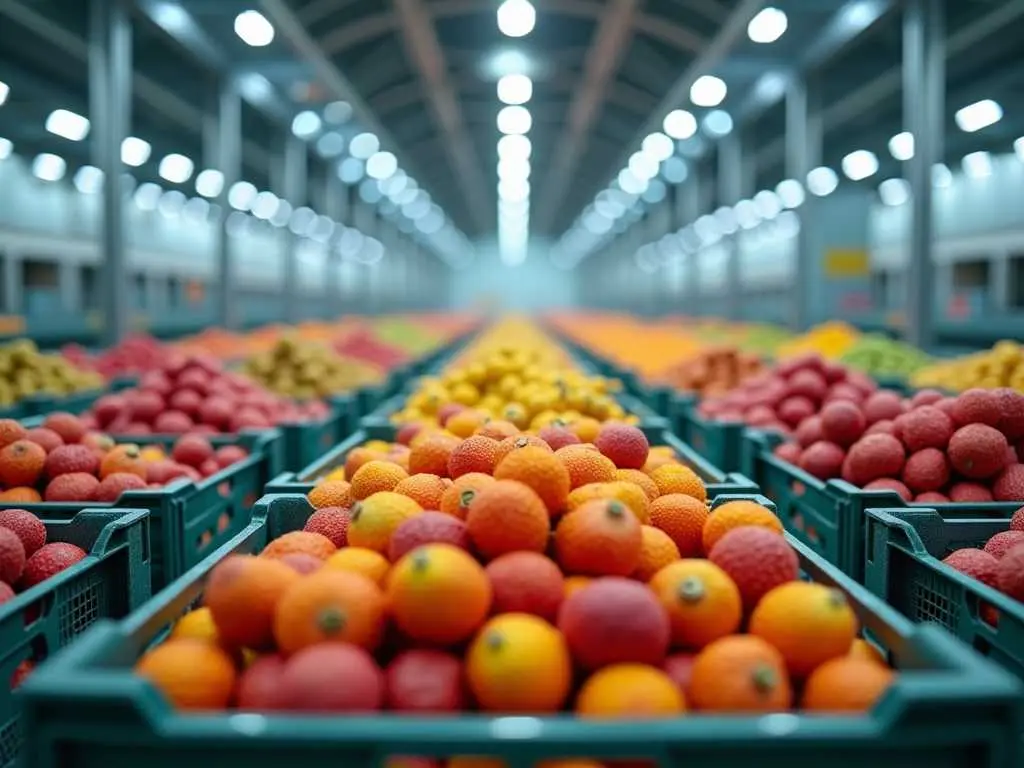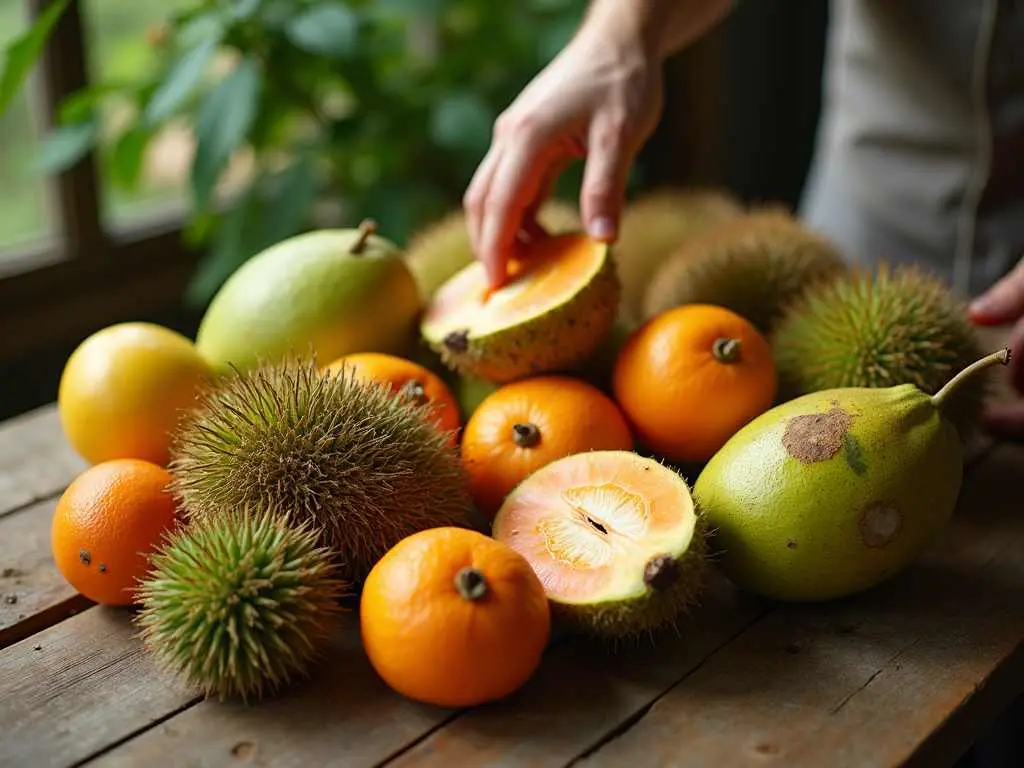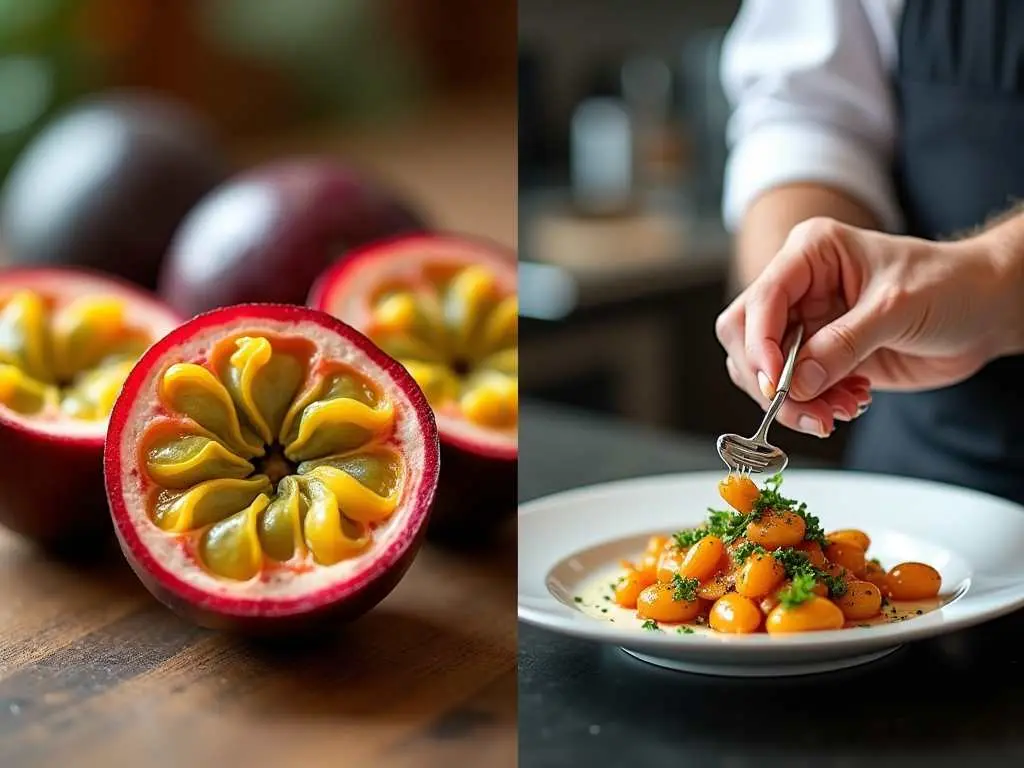As a seasoned nutritionist and food scientist with over 15 years of experience in studying the effects of ripeness on nutrient content and flavor profiles, I’ve witnessed firsthand the transformative power of peak ripeness. This article explores how embracing nature’s perfect timing can elevate our daily experiences across various aspects of life, from culinary delights to health and beyond.
The Science of Peak Ripeness
The Culinary Revolution of Peak Ripeness
In the culinary world, peak ripeness is the holy grail of ingredient selection. Chefs and home cooks alike understand that using produce at its prime can elevate a dish from good to extraordinary. The intense flavors and perfect textures of peak-ripe ingredients often require minimal preparation, allowing their natural qualities to shine.
Consider the humble tomato. A peak-ripe heirloom tomato, bursting with sun-kissed sweetness and acidity, can transform a simple Caprese salad into a memorable gastronomic experience. The same principle applies across the culinary spectrum, from the creamy perfection of a perfectly ripe avocado to the complex sweetness of a tree-ripened mango.
Health Benefits of Consuming Peak-Ripe Produce
The transformative power of peak ripeness extends beyond flavor to impact our health significantly. Fruits and vegetables at their prime offer maximum nutritional benefits, providing our bodies with essential vitamins, minerals, and phytonutrients.
For example, studies have shown that the vitamin C content in bell peppers increases significantly as they ripen, with red peppers containing up to twice as much vitamin C as their green counterparts3. Similarly, the antioxidant lycopene, known for its potential cancer-fighting properties, becomes more bioavailable in tomatoes as they ripen.
Beyond the Plate: Peak Ripeness in Other Industries
The concept of peak ripeness isn’t limited to the culinary and health sectors. Its transformative power extends to various industries, each harnessing the perfect moment to create exceptional products and experiences.
Beauty and Skincare
In the beauty industry, peak-ripe ingredients are prized for their potent active compounds. For example, peak-ripe rosehips contain high levels of vitamin C and essential fatty acids, making them ideal for anti-aging skincare formulations. Similarly, the oil extracted from perfectly ripe argan nuts is rich in vitamin E and antioxidants, offering superior moisturizing and protective properties for skin and hair.
Agriculture and Sustainability
Understanding peak ripeness is crucial in agriculture for optimizing harvest times and reducing food waste. By harvesting crops at their peak, farmers can ensure maximum yield and quality while minimizing losses due to overripening or spoilage during transport and storage.
Beverage Industry
In the world of beverages, peak ripeness plays a vital role in creating exceptional products. Wine grapes harvested at their peak result in more complex and balanced wines. Similarly, coffee cherries picked at the perfect moment of ripeness yield beans with superior flavor profiles, contributing to the creation of high-quality specialty coffees.
Challenges and Innovations in Achieving Peak Ripeness

While the benefits of peak ripeness are clear, achieving and maintaining this optimal state presents several challenges. Factors such as transportation, storage, and varying consumer preferences can make it difficult to deliver peak-ripe produce consistently.
However, innovations in agriculture and food technology are addressing these challenges:
- Controlled Atmosphere Storage: This technology allows for the precise control of temperature, humidity, and gas composition, slowing down the ripening process and extending the window of peak ripeness.
- Ethylene Management: By controlling exposure to ethylene, a natural plant hormone that triggers ripening, producers can better manage the ripening process of climacteric fruits.
- Non-Destructive Ripeness Testing: Advanced sensors and imaging technologies allow for the assessment of ripeness without damaging the produce, enabling more accurate harvesting and sorting.
- Blockchain Technology: This can be used to track the journey of produce from farm to table, ensuring transparency and optimal handling to maintain peak ripeness.
The Future of Peak Ripeness
As our understanding of the science behind ripening deepens and technology advances, we can expect even more precise control over the ripening process. This could lead to:
- Customized ripening schedules tailored to specific consumer preferences or culinary applications
- Development of new varieties with extended peak ripeness periods
- More efficient supply chains that minimize waste and maximize the availability of peak-ripe produce
The transformative power of peak ripeness has the potential to revolutionize not only how we eat but also how we approach agriculture, sustainability, and even global nutrition.
People Also Ask
- Q: How can I tell if a fruit or vegetable is at peak ripeness?
A: Look for visual cues like vibrant color, slight give when gently squeezed, and a pleasant aroma. For some fruits, like avocados or peaches, they should yield to gentle pressure but not feel mushy. - Q: Does peak ripeness affect the nutritional value of produce?
A: Yes, peak-ripe produce often has higher levels of certain nutrients and antioxidants. For example, tomatoes develop more lycopene as they ripen, while the vitamin C content in peppers increases with ripeness. - Q: Can I ripen fruits at home to achieve peak ripeness?
A: Many fruits, like bananas, avocados, and pears, can be ripened at home. Place them in a paper bag with an apple or banana (which release ethylene gas) to speed up the process. Check daily to catch them at peak ripeness.
Conclusion

Peak ripeness is more than just a fleeting moment of perfection; it’s a powerful concept that can transform our relationship with food, health, and the environment. By understanding and harnessing the transformative power of peak ripeness, we can elevate our culinary experiences, maximize nutritional benefits, and contribute to more sustainable food systems. As we continue to innovate and refine our approach to ripeness, we open up new possibilities for enhancing quality of life across various industries and aspects of daily living.
References
1 Kader, A. A. (1999). Fruit maturity, ripening, and quality relationships. Acta Horticulturae, 485, 203-208.
2 Concha-Meyer, A., Eifert, J. D., Williams, R. C., Marcy, J. E., & Welbaum, G. E. (2015). Shelf life determination of fresh blueberries (Vaccinium corymbosum) stored under controlled atmosphere and ozone. International Journal of Food Science, 2015, 164143.3 Howard, L. R., Talcott, S. T., Brenes, C. H., & Villalon, B. (2000). Changes in phytochemical and antioxidant activity of selected pepper cultivars (Capsicum species) as influenced by maturity. Journal of Agricultural and Food Chemistry, 48(5), 1713-1720.


